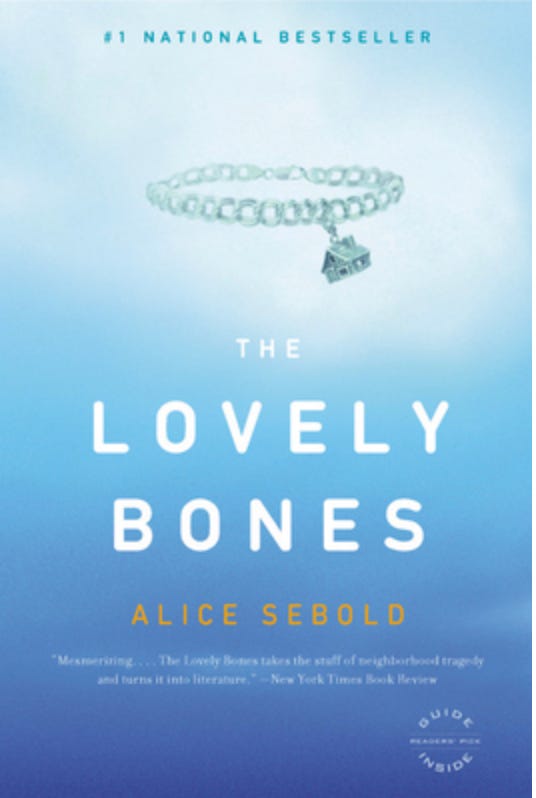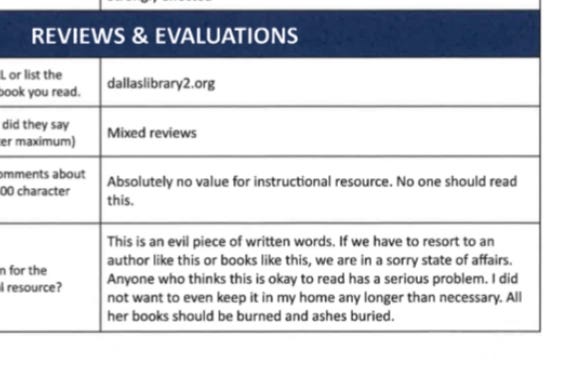Through the Overton Window
The vitriol against The Lovely Bones shows how radically the discourse about books has shifted.


My first teaching job was in Houston’s Spring Branch ISD, at an “academic alternative” school where we had a lot of English-language-learners, a lot of students who were parents, a lot of students who had to work to support their families. I taught English and Spanish, across several levels. My first year I taught four separate courses. I was 21.
That was the 2001-2002 school year; in my first weeks of work terrorists attacked the World Trade Center and the Pentagon, and another plane was downed in a field in Pennsylvania. That first semester was marred by fears of things like ricin and anthrax attacks, by calls for vengeance, by a feeling that the whole world had changed and that we had entered an era where disagreement was subversive and anything subversive was dangerous. It was a weird time to teach.1
After the initial shock of 9/11, the world settled into a sort of “new normal.” But the fear didn’t go away—it just resolved itself onto different targets, different triggers. In 2002 and 2003, several high-profile abductions of young (white) girls dominated the news. Elizabeth Smart, Danielle van Dam, Samantha Runnion. After September 11, my wife and I had developed a habit of watching cable news in the evening—in the summer of 2002, that meant watching distraught parents plead for information at press conferences, legal experts poring over forensic evidence, TV hosts and their guests speculating about possible suspects. We weren’t alone: that summer became known as the “summer of child abductions.” President Bush announced a White House Conference on Missing, Exploited, and Runaway Children. Congress geared up to pass the PROTECT Act of 2003.
About this time, Alice Sebold published her debut novel, The Lovely Bones. It had an intriguing premise that fit perfectly in the moment: the novel is narrated by the murdered Susie Salmon, who was abducted by a child rapist and who now tells the story of her abduction and its aftermath from heaven.
The book was a runaway bestseller, setting a record for copies sold by a debut novelist (2.5 million). It was one of those books that was featured prominently in displays at Barnes & Noble and Borders and that people talked about when they talked about books. Oprah Magazine called it one of the “books that defined a generation.” My wife read it, then passed it on to me. Our friends read it. We talked about with family members.
My students also read it. After I finished reading The Lovely Bones, I brought it to school and put it on the shelves of my classroom library. Pretty soon, I had to go to Half-Price Books and buy another copy, because someone had borrowed it and not returned it. Then another, because it made sense to have two copies of a book that so many students wanted to read. Then another when one of those disappeared. Then another.
Keep reading with a 7-day free trial
Subscribe to Anger & Clarity to keep reading this post and get 7 days of free access to the full post archives.

